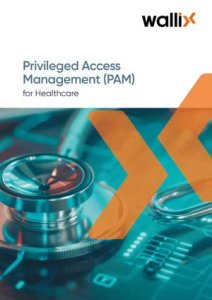Of course, health IT administrators face an additional burden in the form of new technologies as such as e-health initiatives, smart devices, IoT, and BYOD policies. Although IT is being held responsible for locking down this new array of possible data breaches, they often don’t get final say in their actual use. What’s worse, the security infrastructure that comes bundled with these new initiatives is often sadly lacking and most of the data gets uploaded to the cloud by default. Most cyberattacks involve the misuse of privileged credentials in some way. These breaches often involve privileged users, including employees, external providers, cloud providers, automated users, and third-party contractors responsible for applications and maintenance.





